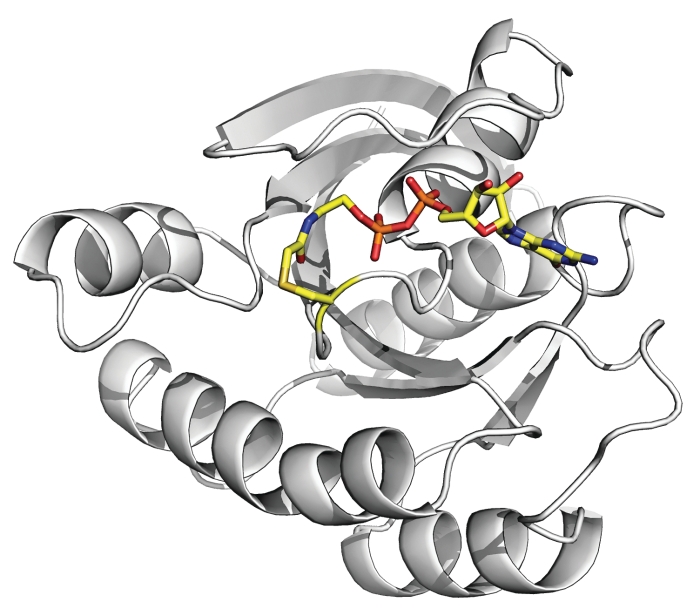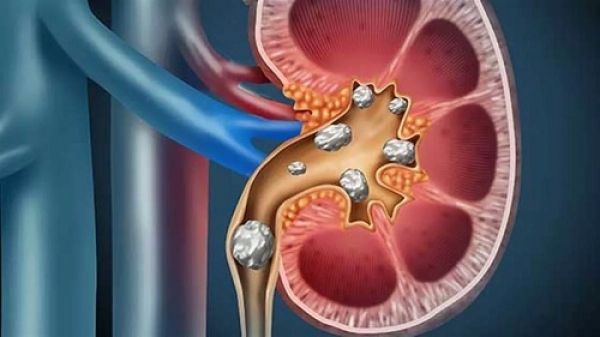I had a chance today to be asked about whether there were any good inhibitors for a particular class of protein (unfortunately, my answer was "No, not that I've ever seen"). And it got me to thinking: what are the classes of proteins for which that applies? There are plenty of examples on the positive side of the question. There are of course tons of different kinase inhibitors of varying levels of selectivity, and if you needed to find one for some as-yet-unconquered human example, you could feel fairly good about your chances, depending on how selective you needed your final compound to be. There are quite a few serine and cysteine protease inhibitors out there, too, again with varying selectivity, and while you're not just going to stroll over and find a great compound lying on the ground, you could certainly start a project against a new member of these classes without people laughing at you. PDE enzymes, topoisomerases, hydrolases, cyclooxygenases, histone deacetylases, reductases, DNA gyrases, several of the nuclear hormone receptors - there are several other classes with a list of known inhibitors against them, and although some of these are rather-wide ranging and thus come with no guarantee of success, you at least know that the mechanisms have been more or less successfully targeted in the past.
But the hard-to-find-an-example list is a long one. It's long for several reasons - some of them are proteins that just flat-out don't seem to have small-molecule binding pockets and whose behavior is indeed not modulated directly by any small molecules in vivo. Transcription factors (in their several flavors) are well-known examples. Proteins that are intrinsically disordered have a very poor success rate in small-molecule inhibition as well, for what seem to be obvious reasons (and there are way more intrinsically disordered proteins among the transcription factors than you would expect by chance). Then there are enzyme classes that have binding pockets and would be of great interest, but whose terrain is just unfriendly to a lot of the chemical matter that we screen, such as phosphatases and a lot of iron-containing oxidative enzymes, such as demethylases. And of course there are always proteins that might well be inhibited well by some small molecule, but which no one yet has ever really seen the need to screen!













































